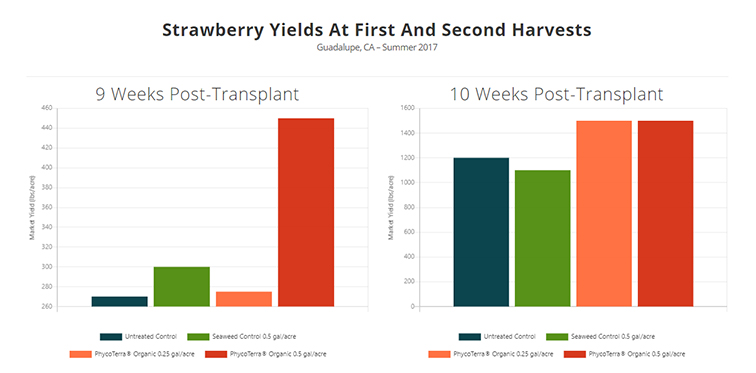Relative of Citrus Greening Bacteria Mutating Into a New Threat
A bacterial species closely related to deadly citrus greening disease is rapidly evolving its ability to infect insect hosts, and possibly plants as well. The newly identified species belongs to Liberibacter, a family of bacteria known to infect several economically important crops.
There are nine known Liberibacter species, including one that infects potatoes and three that are associated with citrus greening.
Citrus greening, also known as Huanglongbing (HLB), is the No. 1 killer of citrus trees worldwide. Though many are working on solutions, there is presently no effective prevention or treatment option on the market.
Given its relatives’ destructive qualities, UC Riverside scientists set out to understand the ways the new species, L. capsica, genetically resembles other types of Liberibacter.
“As with new strains of COVID-19, bacteria become variants of concern if their mutations can impact pathogenic or transmissible properties,” says Allison Hansen, UCR Entomologist and study lead.
For this study, the research team identified 21 genes in L. capsica that are rapidly evolving amino acid mutations associated with infectious qualities. This evolution is documented in a new Microbiology Spectrum journal paper.
One subset of mutations the team found repeatedly are on genes affecting pilus, tiny bacterial “hairs” that allow the bacteria to move into host insects and uptake DNA. Insects then transmit the bacteria to plants.
L. capsica was found by chance in a pair of flying insects on a pepper plant in Brazil. These insects, psyllids, are known pepper pests. However, it’s not yet known whether L. capsica infect peppers or other crops.
“We’re informing scientists in Brazil and other places to screen plants for it,” Hansen adds. “It should be on everyone’s radar for outbreak potential given the propensity of Liberibacter for being serious plant pathogens on domesticated crops.”
For more on this topic, continue reading at news.ucr.edu.









